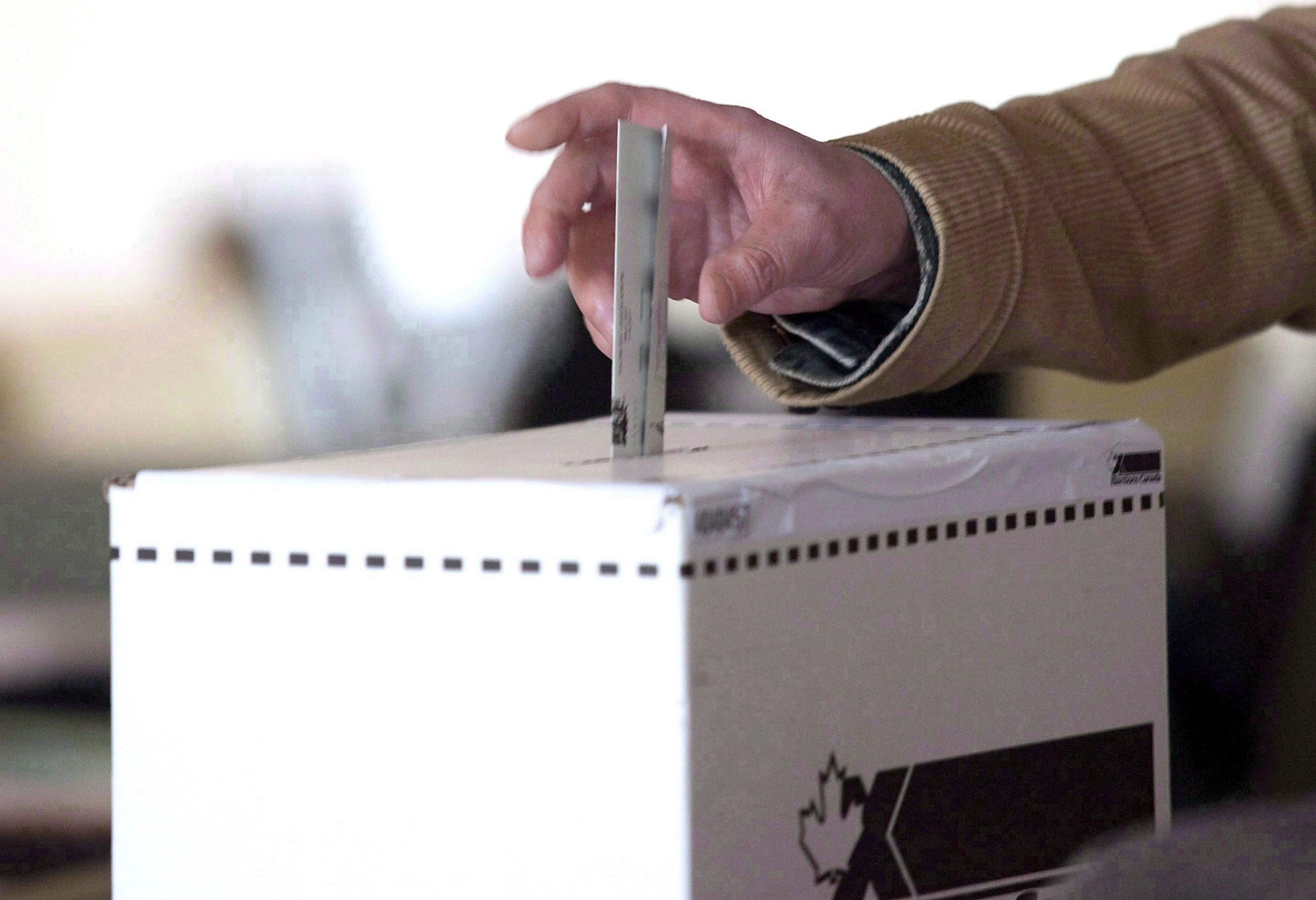Written by Bruce Young and Anton Sestritsyn for iPolitics.
The quest to frame the so-called ballot-box question often begins before an election is even called.
For political parties, clearly defining this question is an opportunity to persuade voters what issue should be top of mind when they cast their ballots. There is no formula to predict what the ballot-box question will be, though each political party attempts to frame key concerns.
That said, unexpected “sleeper” issues can become key points, derailing even the best efforts to brand an election. As a recent example, the heartbreaking images of a drowned Syrian boy, Alan Kurdi, in Turkey in the middle of the 2015 Canadian election brought immigration and refugee resettlement to the forefront, ultimately affecting the vote’s outcome.
In the final days of the 2021 campaign, publicly available polling continues to show an extremely tight race between the Liberals and the Conservatives, with fluctuating lower levels of support for the NDP, the Bloc Québécois, the People’s party, and the Greens. For a mid-pandemic campaign that was framed as a “pivotal, consequential moment” by the prime minister on the day he called it, voters have largely been wondering what they’re voting for — or against — and why.
For Justin Trudeau and the Liberals, incumbency has necessitated a two-part ballot question — one positive, one negative. Their campaign slogan, Forward for Everyone, stresses the positive: Vote for the steady hand, as well as a stronger approach to COVID-19, the economy, vaccines, child care, health care, and climate action.
Conversely, “Don’t let the Conservative party take Canada backward” is the second, and the Liberals’ negative, or contrasting, frame. In essence, the Liberals are hoping voters will believe they have the better plan to manage the pandemic and the future. They’re also highlighting Conservative positions they don’t think align with modern Canadian values.
Erin O’Toole entered his first national election as Conservative leader five weeks ago as an underdog, but has managed to turn this presumptive disadvantage around. Being relatively unknown to the Canadian electorate has allowed him to grow support and tap into undecided voters, who may have previously supported the Liberals, but, over time, have grown tired of the Trudeau brand. In this way, the Conservatives’ ballot-box question is a referendum on Trudeau’s leadership and his decision to call an arguably unnecessary pandemic election.
In taking a more centrist approach to policy overall, O’Toole has emerged as a palatable alternative to Trudeau. He’s portraying himself as a new-generation Conservative leader — one who’s openly pro-choice, and an LGBTQ2 and climate ally.
We’ll see on Monday whether O’Toole’s strategy was successful. But one thing is certain: He’s been able to rebrand his party in a very short time, and to offer a credible — possibly electable — option to the undecided centrist voter.
For his part, Jagmeet Singh and the New Democrats have been pushing an ambitious progressive agenda, promising to do “better,” and more, than the Liberals. Singh has been laser-focused on what Trudeau and the Liberals failed to deliver, while speaking directly to Canadians’ concerns and presenting an aspirational plan for the post-pandemic future.
What Singh lacks in specifics he makes up for in enthusiasm and authenticity, translating into more voter impressions of him. For New Democrats hoping to convert this goodwill into votes, the challenge will be convincing centre-left voters to stick with the NDP when it comes time to vote. The NDP campaign tagline “Better is Possible” is most certainly what the party hopes progressive voters will be considering in the ballot booth.
In a discussion of the ballot-question phenomenon during a pandemic, the People’s party’s polemics against vaccines and public-health restrictions shouldn’t be discounted. With polling showing the party with support between five and nine per cent, it needs to be taken into account, given how central its galvanizing concern is. The turnout of PPC supporters could affect the election’s outcome.
Uncertainty has been the watchword in the campaign’s final week. The Conservatives and Liberals are both ready to form a government. Over the weekend, all parties will advertise on traditional — and social, especially — media to amplify their preferred ballot questions.
Ground-game dynamics and getting out the vote will be increasingly important for the campaigns as the election draws to a close. But they’ll only work if they got the ballot question right.
